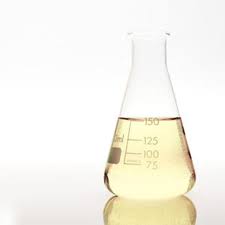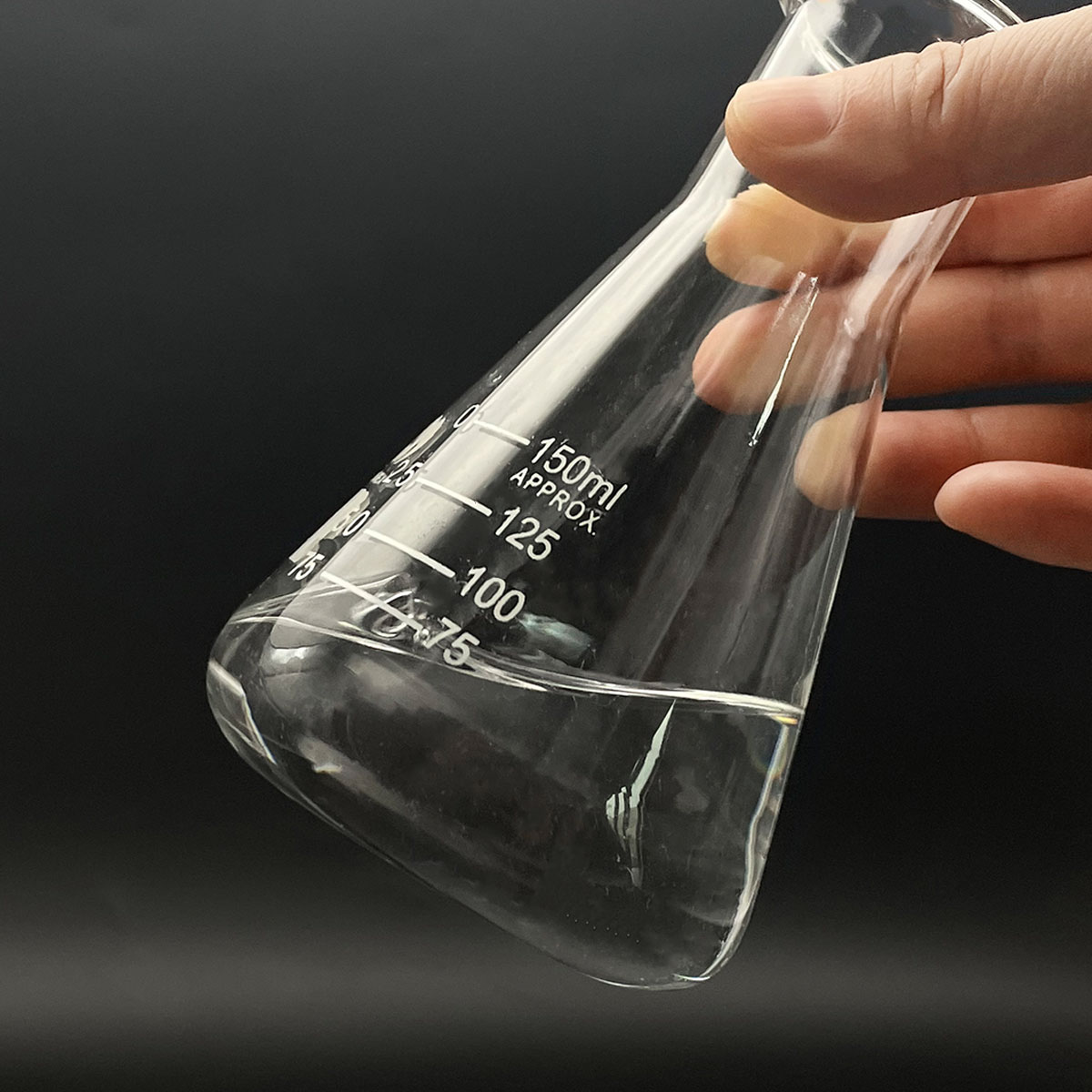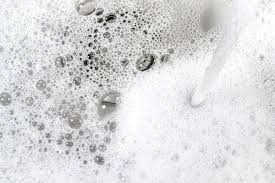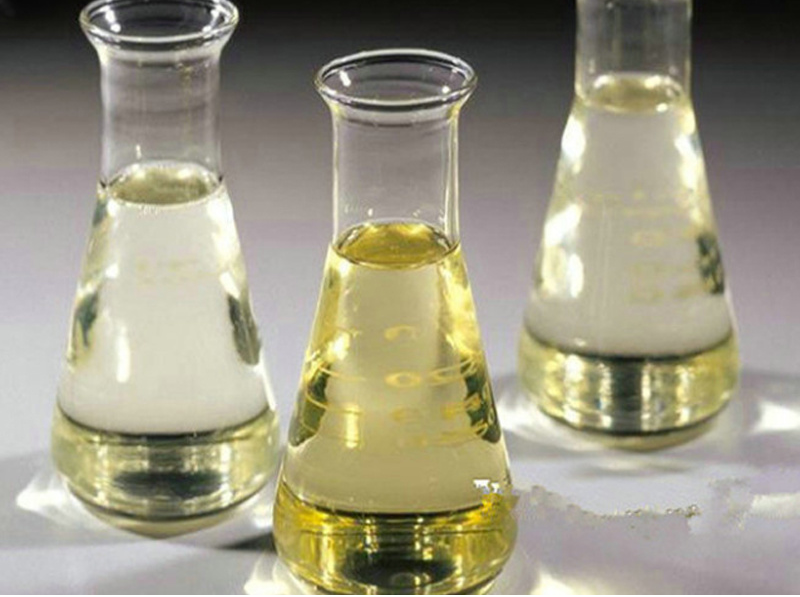**Surfactants: Nature’s Tiny Janitors That Make Water Work Better**
(What Is The Role Of Surfactant Quizlet)
We encounter them constantly. They clean our clothes. They foam our soap. They help medicines work. They’re surfactants, the unsung heroes hiding in plain sight. But what are they, really? How do these clever molecules pull off their magic tricks? Let’s dive into the surprisingly fascinating world of surfactants.
**1. What Exactly Are Surfactants?**
Surfactant is a fancy word. It comes from “Surface Active Agent.” This name tells us exactly what they do. They get busy at surfaces. Think about water and oil. Normally, they hate mixing. Water molecules cling tightly to each other. Oil molecules do the same. They resist each other fiercely. This creates surface tension. It’s like an invisible skin on the water.
Surfactants are special molecules. They have split personalities. One end loves water. We call this the hydrophilic head. The other end hates water. It loves oil and grease instead. This is the hydrophobic tail. This dual nature makes them unique. They can bridge the gap between water and things that repel water. They act like tiny diplomats. They negotiate peace between water and oil. Without them, cleaning, mixing, and many industrial processes would be incredibly hard, maybe impossible.
**2. Why Do Surfactants Matter So Much?**
Surfactants are essential. Their ability to reduce surface tension is revolutionary. Imagine trying to wash greasy dishes with just water. The water beads up. It rolls right off the grease. It doesn’t penetrate. This is surface tension in action. Surfactants break this tension. They make water “wetter.” Water can spread out. It can seep into fabrics and crevices. It can lift away dirt and grime.
They also enable emulsification. This is crucial. Emulsification means mixing oil and water into a stable blend. Think mayonnaise or salad dressing. Without surfactants, the oil and vinegar separate quickly. Surfactants surround tiny oil droplets. The hydrophobic tails bury into the oil. The hydrophilic heads face the water. This creates a protective shield. It stops the droplets from merging back together. This principle is vital for foods, cosmetics, paints, and medicines. They make foaming possible. Foam is just gas trapped in a liquid. Surfactants stabilize the bubbles. This is key for firefighting foam, shaving cream, and bubble baths. They help disperse solids in liquids. This prevents clumping in products like paints and pesticides.
**3. How Do These Clever Molecules Actually Work?**
The magic happens at the molecular level. Picture a surfactant molecule dropped into water. The hydrophilic head is happy. It wants to be in the water. The hydrophobic tail is miserable. It wants to escape the water. So what happens? The molecules arrange themselves cleverly. They migrate to surfaces and interfaces. An interface is where two different things meet, like water and air or water and oil.
At the water-air surface, surfactants line up. Their water-loving heads dip into the water. Their water-hating tails stick straight up into the air. This breaks the strong bonds between water molecules at the surface. Surface tension plummets. Water becomes less “shy.” It spreads easily. Inside the water, surfactants get creative. If enough are present, they form little spheres called micelles. The hydrophobic tails huddle together inside. They hide from the water. The hydrophilic heads form the outer shell. They face the water happily.
When oil is present, surfactants attack the grease. The hydrophobic tails dive into the oil droplet. The hydrophilic heads stay in the water. This coats the oil droplet. It creates an emulsion. The droplet is now stable in the water. Dirt works similarly. Greasy dirt gets trapped inside micelles or surrounded by surfactants. The dirt is lifted off the surface. It gets suspended in the water. Then it rinses away.
**4. Surfactants in Action: From Shampoo to Firefighting**
Surfactants are everywhere. Their applications are incredibly diverse. Cleaning products rely heavily on them. Detergents for clothes and dishes contain surfactants. They lift stains and suspend dirt. Soaps and shampoos use them to remove oil and dirt from skin and hair. Personal care products abound with surfactants. Toothpaste foams and cleans thanks to them. Shaving cream needs them for lather. Lotions and creams use them to blend oil and water smoothly. Cosmetics rely on them for texture and application.
Medicine benefits greatly. Surfactants help drugs dissolve better. They make medicines more effective. Some lung surfactants are life-saving. They help premature babies breathe. Their lungs lack natural surfactant. Industrial uses are massive. Paints and coatings need surfactants. They help pigments mix evenly. They ensure smooth application. Agriculture uses them in pesticides and herbicides. Surfactants help sprays stick to leaves. They help the active ingredients penetrate plant surfaces. Oil recovery employs surfactants. They help extract more oil from underground reservoirs. Firefighting foam depends on special surfactants. They smother fires by forming a blanket. This blanket cuts off oxygen. Food production uses them too. They act as emulsifiers in things like ice cream and baked goods. They improve texture and shelf life. Even construction uses surfactants. They help concrete flow better and set more uniformly.
**5. Surfactant FAQs: Your Sticky Questions Answered**
People often have questions about these ubiquitous chemicals. Here are some common ones:
* **Are all surfactants the same?** No. They come in different types. Common categories are anionic (negatively charged head), cationic (positively charged head), nonionic (no charge, common in cosmetics), and amphoteric (charge depends on pH). Each type has different properties and uses.
* **Are surfactants safe?** Generally, yes, when used as intended. Regulations exist. However, some can be harsh on skin or eyes. Others might have environmental concerns. Biodegradability is important. Many modern surfactants are designed to break down safely. Always follow product instructions.
* **What does “HLB” mean?** It stands for Hydrophile-Lipophile Balance. It’s a number. It tells us how water-loving or oil-loving a surfactant is. A low HLB means it prefers oil. A high HLB means it prefers water. This helps scientists pick the right surfactant for a specific job, like making an oil-in-water lotion versus a water-in-oil cream.
* **Can surfactants be natural?** Yes. Lecithin (from egg yolks or soybeans) is a natural surfactant. It’s used in foods. Saponins from plants are another example. However, most surfactants in commercial products are synthetic. They are designed for specific performance and cost.
(What Is The Role Of Surfactant Quizlet)
* **Why do some soaps leave a scum?** Hard water contains minerals like calcium and magnesium. These minerals react with certain surfactants, especially in traditional soaps. They form an insoluble residue – soap scum. Modern detergents often use surfactants less prone to scum. Water softeners also help prevent this problem.
Inquiry us
if you want to want to know more, please feel free to contact us. (nanotrun@yahoo.com)




